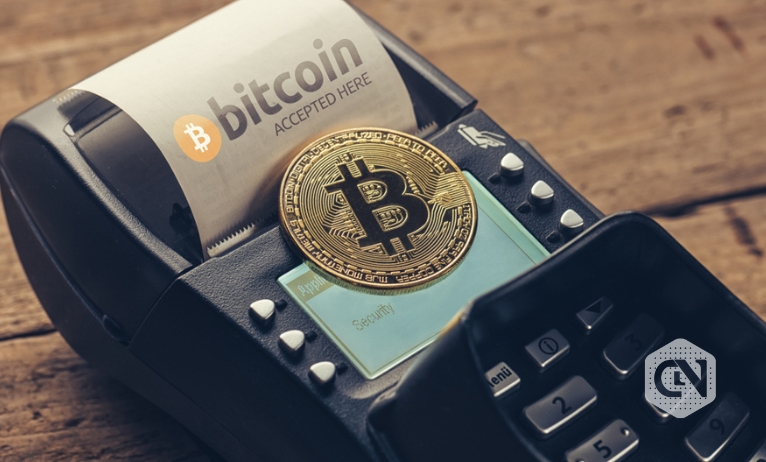The year 2023 witnessed enormous expansion as the number of physical businesses that use Bitcoin as a payment method nearly tripled. This enthusiasm for Bitcoin-friendly vendors has the potential to revolutionize how enthusiasts conduct routine transactions with their digital currency.
Over 6,300 stores worldwide have accepted Bitcoin in the past 12 months, according to data gathered by BTC Map, a project tracking the adoption of this digital currency. This represents a significant increase compared to the previous year, when only 2,200 vendors were reported as accepting Bitcoin. Although this data accuracy depends on user submissions and some vendors may not have been included, the trend is evident; more retail establishments accept Bitcoin.
It is widely acknowledged that Bitcoin experienced price fluctuations in 2023; however, this surge occurred during a period characterized by resolute optimism regarding the prospects of cryptocurrencies. Consensus has begun to shift over the long term towards considering this digital currency for purposes other than investments, as an increasing number of companies across industries are adopting Bitcoin as a payment method.
The volatility of Bitcoin’s value is one of the main concerns that prevents its widespread use for regular transactions. For example, if you purchased a $20 pizza using Bitcoin at the start of 2023, it would be worth more than $50. This situation resembles the now-famous instance of two enormous pizzas purchased for 10,000 Bitcoins, which is around $44 million in today’s money.
Additionally, the geographic distribution of Bitcoin-accepting vendors is a noteworthy aspect. A significant concentration of these enterprises can be found in Europe, the United States, and Latin America, in particular, regions where regional perspectives on cryptocurrencies are divergent.
The Philippines is an exceptional nation with hundreds of Bitcoin-friendly merchants. In contrast, East Asia, particularly China, stands in stark contrast due to the stringent regulations governing cryptocurrencies, which prevents the region from having any such vendors despite its large population.
As a result, the rise of physical establishments accepting Bitcoin payments is a significant milestone in cryptocurrency’s transition from an obscure digital currency to a more common payment method.
As more businesses worldwide adopt Bitcoin, it opens the door to the prospect of this becoming a reality in the future, where processing transactions using digital money becomes normal, even in the offline world. Changes in worldwide market transactions and the number of retail businesses accepting Bitcoins are signs of its popularity and a trend toward mainstreaming characters and digital currencies.

